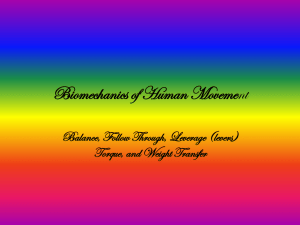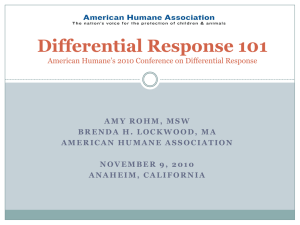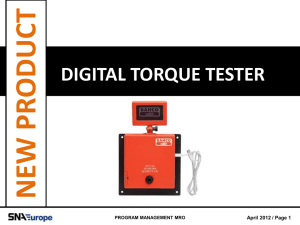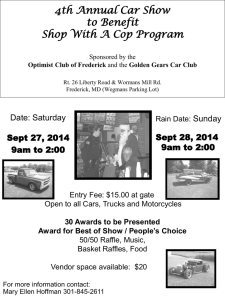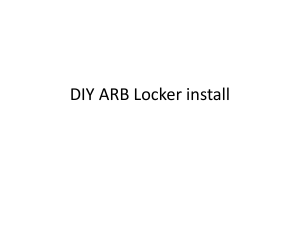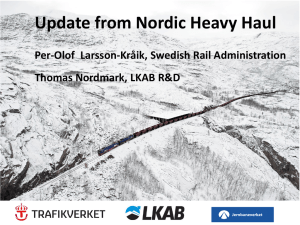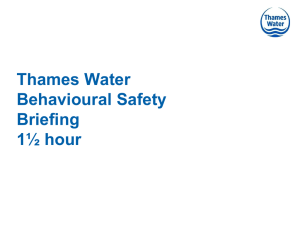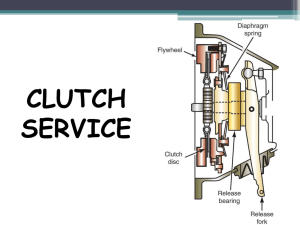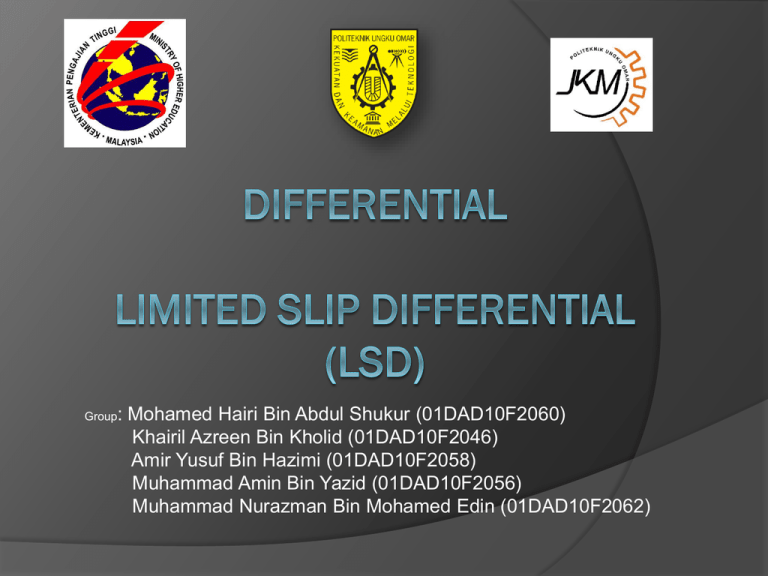
: Mohamed Hairi Bin Abdul Shukur (01DAD10F2060)
Khairil Azreen Bin Kholid (01DAD10F2046)
Amir Yusuf Bin Hazimi (01DAD10F2058)
Muhammad Amin Bin Yazid (01DAD10F2056)
Muhammad Nurazman Bin Mohamed Edin (01DAD10F2062)
Group
LIMITED SLIP DIFFERENTIALS
A limited slip differential (LSD) is a type of
automotive differential gear arrangement that allows
for some difference in angular velocity of the output
shafts, but imposes a mechanical bound on the
disparity.
a limited slip differential is used in many vehicles. It
is very similar to the standard unit but has some
means of preventing wheel spin and loss of traction.
The standard differential delivers maximum torque to
the wheel with minimum traction. The limited slip
differential delivers maximum torque to the wheel
with maximum traction. Other names for a limited slip
Limited Slip Differential
Construction Of Various Type of
Differential
Clutch Pack
Cone Clutch
Torsen
Clutch Pack
The clutch pack limited slip differential
uses a set of friction discs and steel
plates to lock the axles together
whenever one drive wheel
experiences uncontrolled slippage.
The friction discs are sandwiched
between the steel plates inside the
differential case. The friction disc is
splined and turns with the differential
side gears. The steel plates turn with
the differential case.
Springs (bellville springs, coil springs,
or leaf springs) force the friction disc
and steel plates together. As a result,
both rear axles try to turn with the
differential case.
Spring force and thrust action of the
spider gears applies the clutch pack.
Under high torque conditions, the
rotation of the differential pinion gears
PUSHES OUT on the axle side gears.
The axle side gears then push on the
clutch discs. This action helps lock the
disc and keeps both wheels turning.
Cone Clutch
A cone clutch limited slip
differential uses the friction
produced by cone-shaped axle
gears to provide improved
traction. These cones fit behind
and are splined to the axle shafts.
With the axles splined to the
cones. the axles tend to rotate
with the differential case. Coil
springs are situated between the
side gears to wedge the clutches
into the differential case.
Under rapid acceleration or when
one wheel loses traction. the
differential pinion gears, as they
drive the cones, push outward on
the cone gears. This action
increases friction between the
cones and case, driving the
wheels with even greater torque.
Torsen
Torsen differentials can be used in one or more positions
on a motor vehicle:
center - used to apportion appropriate torque distribution
between front and rear axles on an all-wheel drive
vehicle.
rear - used to apportion appropriate torque distribution
between left and right sides in rear axles. This may be on
either a rear-wheel drive or four-wheel drive vehicle.
front - used to apportion appropriate torque distribution
between left and right sides in front axles. This may be on
either a front-wheel drive or four-wheel drive vehicle.
A four-wheel-drive vehicle, for example, may use either
one, two, or three Torsen differentials.
Torsen
Types Of Torsen
There are currently three types of Torsen differentials.
The original Torsen T-1 (Type A) uses crossed axis helical
gears to increase internal friction. The Type I can be
designed for higher torque bias ratios than the Type II, but
typically has higher backlash and the potential for Noise,
Vibration, and Harshness (NVH) issues, and requires a
precise setup/installation.
The later Torsen T-2 (Type B) uses a parallel gear
arrangement to achieve a similar effect. There is also a
specialist application of the T-2, known as the T-2R
(RaceMaster).
The latest Torsen T-3 (Type C) is a planetary type
differential, in that the nominal torque split is not 50:50.
The Type C is available as single or twin version; the
Torsen twin C differential has front and center differential
in the same unit.
Operation of Various Type Of LSD
Clutch Pack
Cone Clutch
Torsen
Clutch Pack
When driving normally, the
vehicle can turn a comer
without both wheels rotating at
the same speed. As the
vehicle turns a corner, the
inner drive wheel must slow
down. The unequal speed
between the side gears causes
the side gear pinions to walk
around the side gears. This
walking will cause the outer
axle shaft to rotate faster than
the differential case, allowing
the pinion shaft on the side to
slide down a V-shaped ramp.
This action releases the outer
clutches causing the clutch
pack to slip when the vehicle is
turning.
Cone Clutch
When a vehicle goes around a
corner, the inner drive wheel must
slow down. The unequal speed
between the side gears will cause
the side gear pinions to walk
around the side gears. This
walking action causes the outer
axle shaft to rotate faster than the
differential case. Because the
cones have spiral grooves cut
into their clutch surfaces, the
inner cone will draw itself into the
case and lock tight and the outer
cone clutch will back itself out of
the case. This action allows the
outer drive axle to free wheel.
The end result is the majority of
the engine torque is sent to the
inner drive wheel.
Torsen
The Torsen differential works just like a conventional
differential but can lock up if a torque imbalance occurs,
the maximum ratio of torque imbalance being defined by
the Torque Bias Ratio (TBR). When a Torsen has a 3:1
TBR, that means that one side of the differential can
handle up to 75% while the other side would have to only
handle 25% of applied torque. During acceleration under
asymmetric traction conditions, so long as the higher
traction side can handle the higher percentage of applied
torque, no relative wheel spin will occur. When the traction
difference exceeds the TBR, the slower output side of the
differential receives the tractive torque of the faster wheel
multiplied by the TBR; any extra torque remaining from
applied torque contributes to the angular acceleration of
the faster output side of the differential.
Thank You


